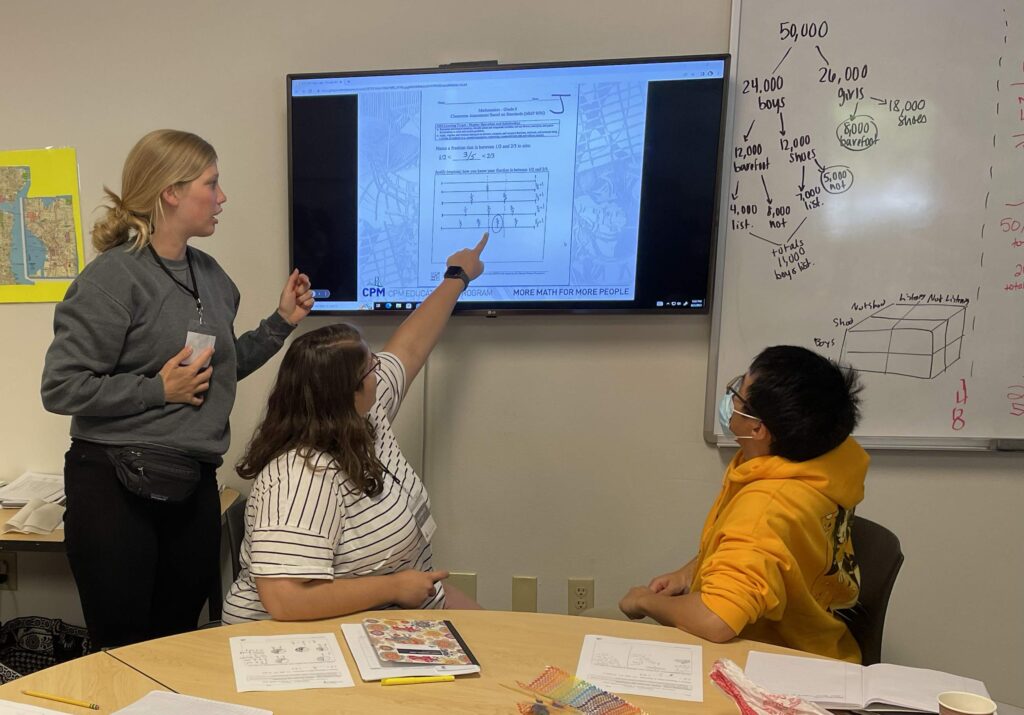May 2024

In January, a principal in a neighboring school district was placed on leave after an audio recording went viral in which the principal went on a racist rant. The community was swift to call for his firing. The investigation revealed, however, that a disgruntled colleague had created the recording using AI software. It took a forensic analyst from the University of Colorado to find “traces of AI-generated content with human editing after the fact” (Washington Post) in the recording. Apologies ensued. Richard Forno, the assistant director of the Center of Cybersecurity at the University of Maryland Baltimore County, cautioned the public to be wary when finding information online. He said, “It’s becoming harder to trust your eyes and ears. You have to think critically before you retweet.”
This incident will probably not be the last or the most egregious AI-related event. Technology is improving every day, which makes me wonder if there is any way to stop AI abuse or criminal activity from ruining someone’s life.
While this might seem like a somber or dire situation, I see it as an opportunity. Math teachers: This is our time! Yes, our districts and states have standards we have to cover, but in this current era, none are as important as teaching our students how to think critically. We might be in the Information Age, where information is a commodity that is shared widely and easily, but it is all meaningless chatter if we cannot understand that information and make sense of it. We must be able to think critically about it.
I am not suggesting we ignore the requirements, but I think we must have our priorities in order. Many of the required math standards are necessary to understand information and so are useful for critical thinking. For example, suppose we learn our local drinking water has 0.00002 grams of lead per liter. We need to know a bit about ratios and numbers to know if this meets the government-allowable lead levels of 15 micrograms per liter. Being able to prove that sin2 + cos2 = 1? Not that helpful. (And, in 0.36 seconds, Google returned 7,670,000 hits when asked for a proof of this identity. I think we are covered.)
So what can we do? Start by having students convince themselves of somewhat small things:
- How do I know my answer is correct?
- What facts do I have?
- What is the evidence?
- How can I prove that my answer is correct?
Then move them to convince a friend of something:
- What are the available facts I can share that are compelling?
- What argument can I make that will convince them?
A friend, however, is supportive and wants to help you succeed, so the real test is convincing a skeptic. Students can take turns being the skeptics with the caveat that they cannot claim they don’t understand or something doesn’t make sense without reason. If the facts are laid out before them, they need to acknowledge that. If they do not think the facts make the case, they need to point to where there are holes in the logic or where the data is lacking.
While you are enjoying a well-deserved break this summer, watch for opportunities you can use in class next year for critical thinking. Test out arguments with your children, friends, and other family members. As teachers, it is our responsibility to prepare our children for what lies ahead. Critical thinkers will be in high demand, and it is up to us to make sure our students are ready. Happy summer!

Karen Wootton
karenwootton@cpm.org
